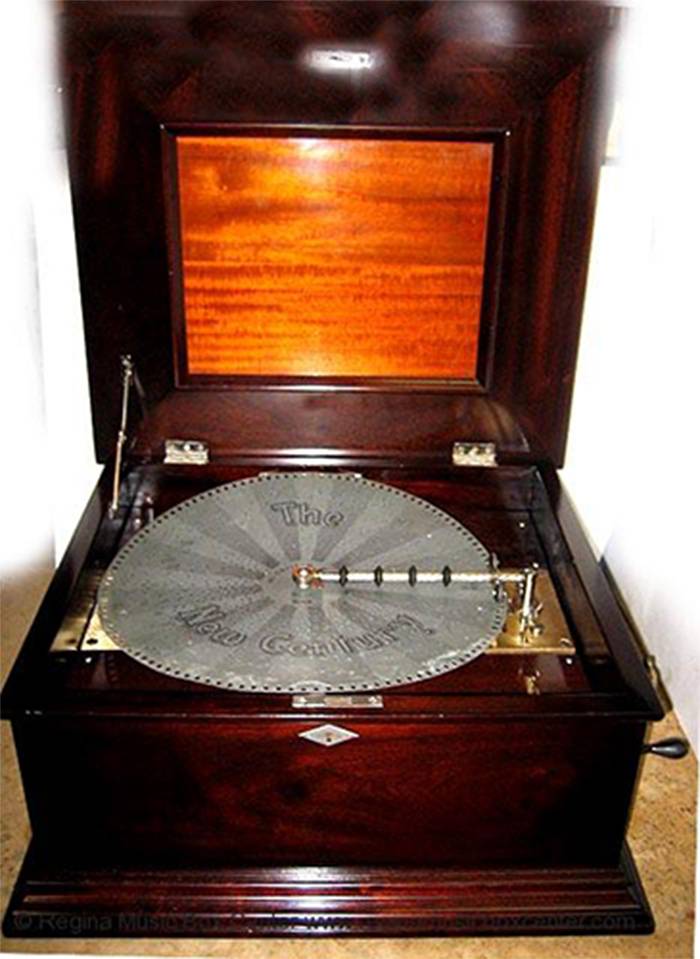

With the railway boom in Europe in the early 1880s, Auguste Lassueur, a music box craftsman, designed a coin-operated music box to be used in railroad station waiting rooms. Unfortunately, the plans to build and distribute many harps came crashing down when Wurlitzer abruptly canceled its first contract option for an additional 500 harps. Wurlitzer was also granted the right to purchase an additional 1,000 harps at $125 per harp. The initial contract obligated Wurlitzer to purchase 1,000 harps at $200 each. Wurlitzer entered into a contract with Whitlock to be the sole distributor of the Automatic Harp. The exposure resulted in a contract with Wurlitzer when, in the spring of 1905, Howard Wurlitzer saw one of the harps in a local café. Sometime in 1904 or 1905, he took six of his self-playing harps to commercial locations in nearby Cincinnati, Ohio. The automatic harp machine was invented and patented in 1899 by John William Whitlock, who owned a novelty shop and furniture factory in Rising Sun, Indiana.

This Wurlitzer Automatic Harp machine is rare because only approximately 1,500 harps were originally manufactured and very few survived. These rolls have a control coder to operate the dynamic modifying systems specific to the brand of piano for which the rolls are designed. The production roll reproduces the real-time performance of the original recording when played back at a constant speed. Reproducing rolls are created by capturing in real time the hand-played performance of the pianist upon a piano connected to a recording machine. Metronomically arranged music rolls are deliberately left that way to enable a player-pianist to create his own musical performance via the hand controls that are a feature on all player pianos. Player pianos normally use metronomic rolls produced by positioning the music slots without real-time input. In the 1920s, the Knabe Ampico Reproducing Player Piano was introduced. to form the American Piano Company (Ampico). In 1908, the company merged with Chickering & Sons and Foster-Armstrong Co. After a number of business transactions, the partnership was dissolved in 1855, and a new company called Wm. The Knabe Company traces its roots back to 1839 when it began making pianos in partnership with Henry Gaehle in Baltimore, Maryland.


 0 kommentar(er)
0 kommentar(er)
